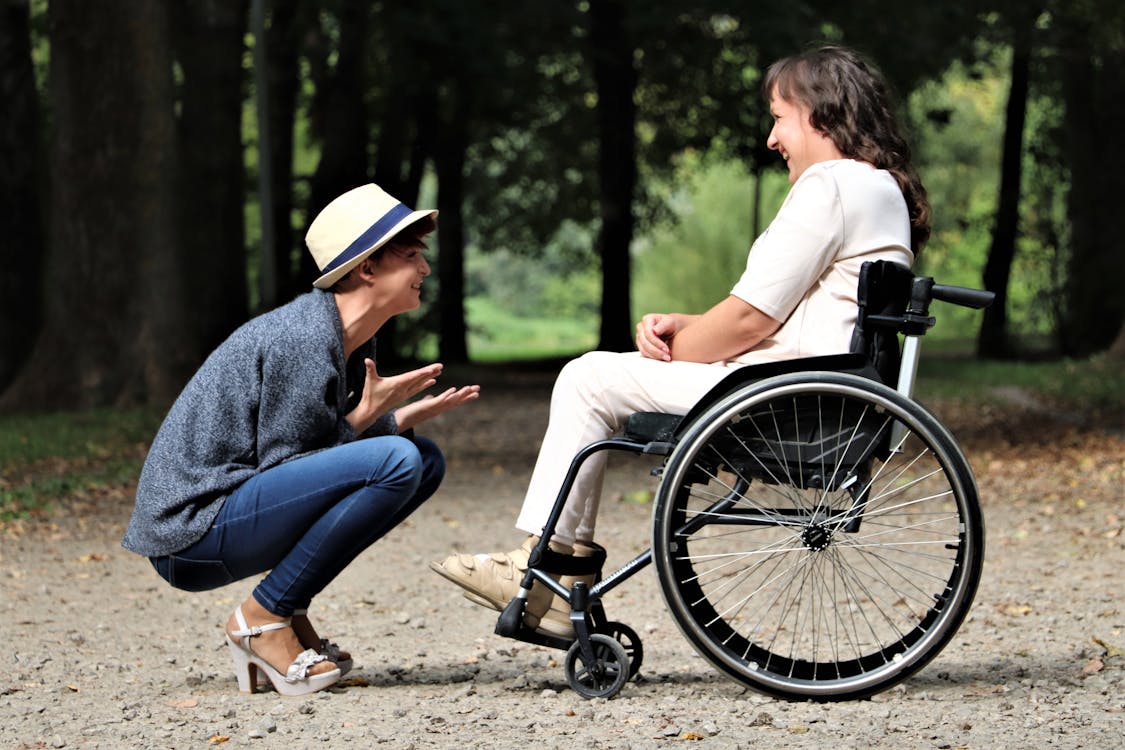Introduction to Professional Caregiving
Basic Human Anatomy and Physiology
Personal Care and Hygiene
Nutrition and Meal Planning
Mobility and Transfers
Course Progress Bar
0% Complete
0/41 Steps
Course Navigation
Introduction to Professional Caregiving
Basic Human Anatomy and Physiology
Personal Care and Hygiene
Nutrition and Meal Planning
Mobility and Transfers
Assisting with mobility and transfers

Assisting with mobility and transfers is an important aspect of caregiving, especially for individuals with limited mobility or physical disabilities. Here are some guidelines to help you provide effective support in this area:
- Communication and Consent:
- Communicate clearly with the individual and explain the transfer process before initiating any movements.
- Obtain their consent and ensure they feel comfortable and involved in the process as much as possible.
- Assessing Mobility and Safety:
- Evaluate the individual’s mobility and level of assistance needed for transfers. Determine if additional equipment, such as a walker, cane, or wheelchair, is required.
- Assess the environment for any potential hazards or obstacles that may hinder safe transfers.
- Proper Body Mechanics:
- Practice good body mechanics to protect yourself and the individual during transfers. Bend at your knees, maintain a straight back, and use your leg muscles for lifting or supporting weight.
- Avoid twisting your body and use assistive devices, such as transfer belts or sliding boards, to reduce strain and promote safe transfers.
- Transfer Techniques:
- Depending on the individual’s abilities and needs, use appropriate transfer techniques such as stand-pivot, sliding, or assisted-lift transfers.
- Use supportive equipment, such as grab bars, handrails, or transfer benches, to assist with safe transfers in and out of beds, chairs, or vehicles.
- Assistance with Walking:
- Offer support and stability when assisting individuals with walking. This can include providing a steady arm or using assistive devices like canes or walkers.
- Encourage the individual to take their time and provide verbal cues or physical guidance as needed.
- Fall Prevention:
- Be vigilant and aware of fall risks. Clear pathways of obstacles, secure rugs, and ensure adequate lighting to minimize the risk of falls.
- Use assistive devices, such as handrails or grab bars, to provide stability and support during transfers.
- Collaboration and Training:
- Collaborate with healthcare professionals, such as physical therapists or occupational therapists, to develop a personalized mobility and transfer plan for the individual.
- Seek training or guidance on specific transfer techniques and the use of assistive devices to ensure safety and proper execution.
- Emotional Support:
- Provide emotional support and reassurance during mobility and transfers. Encourage the individual to express any discomfort or concerns, and respond empathetically.
- Regular Exercise and Physical Activity:
- Encourage regular exercise and physical activity as appropriate to maintain strength, flexibility, and mobility. Consult with healthcare professionals for exercise recommendations suitable for the individual’s abilities and health condition.
- Documentation and Monitoring:
- Keep a record of mobility and transfer activities, including any challenges or progress observed. Share this information with the healthcare team to support ongoing care planning and adjustments.
Remember, every individual’s mobility and transfer needs may differ, so it is crucial to adapt your approach based on their abilities and specific requirements. Regular communication with the individual, their family, and healthcare professionals will ensure you are providing safe and effective assistance with mobility and transfers.
